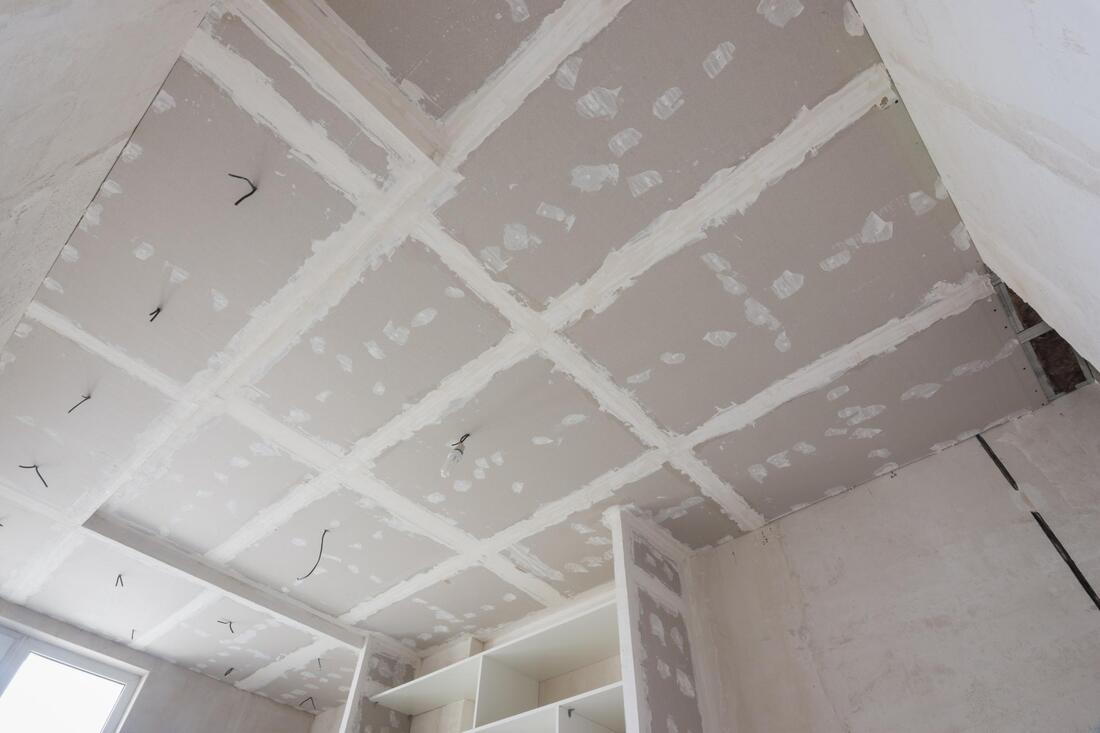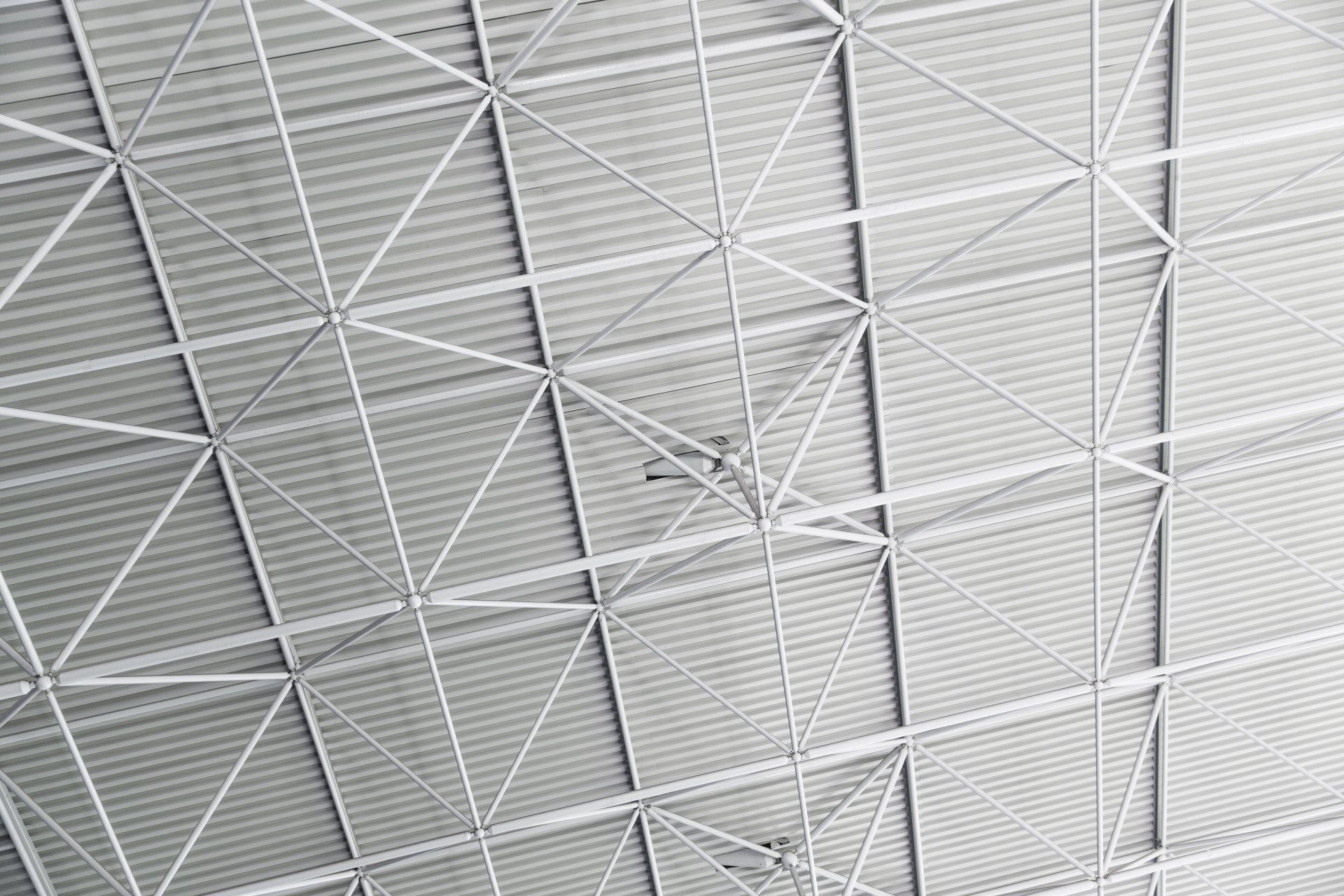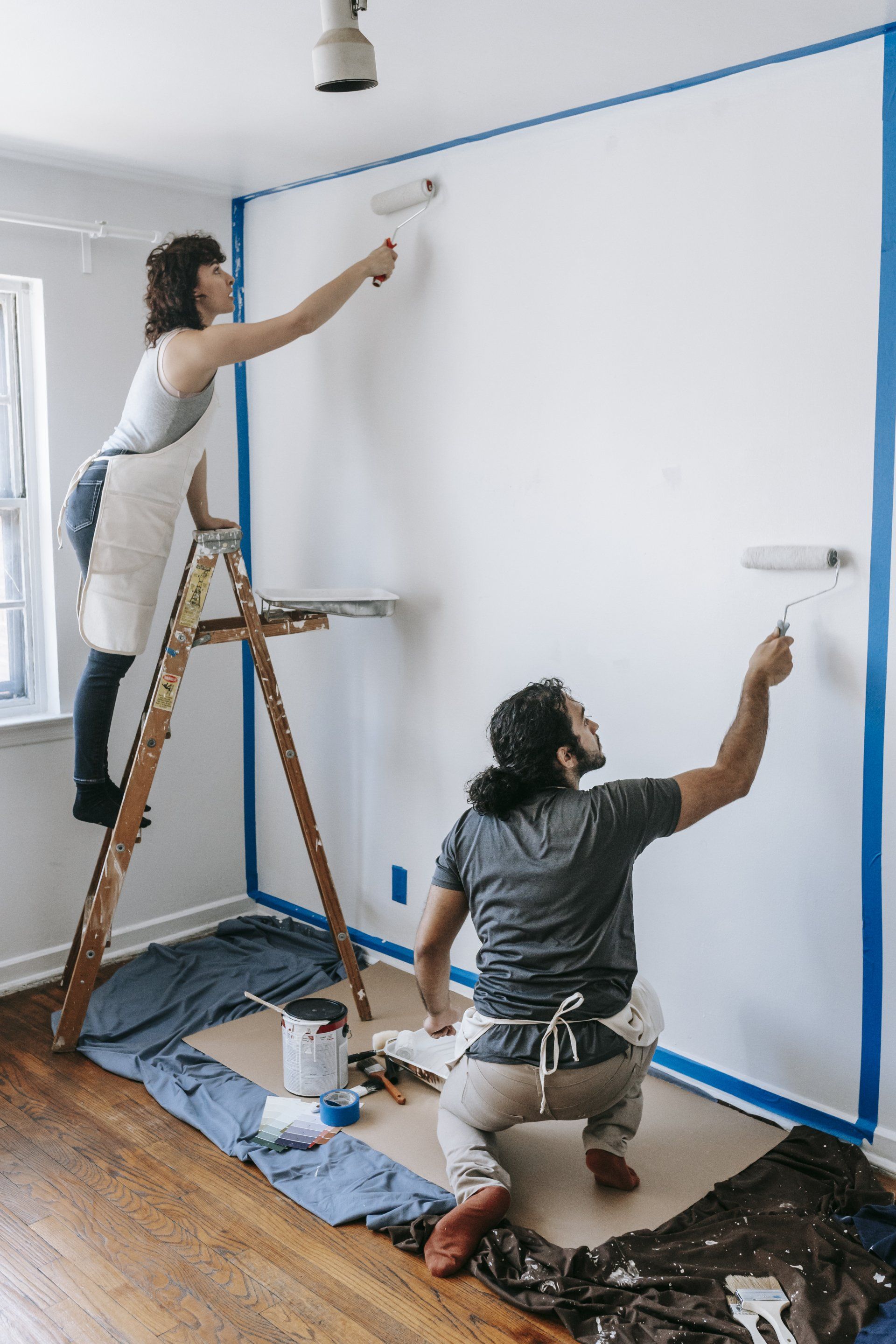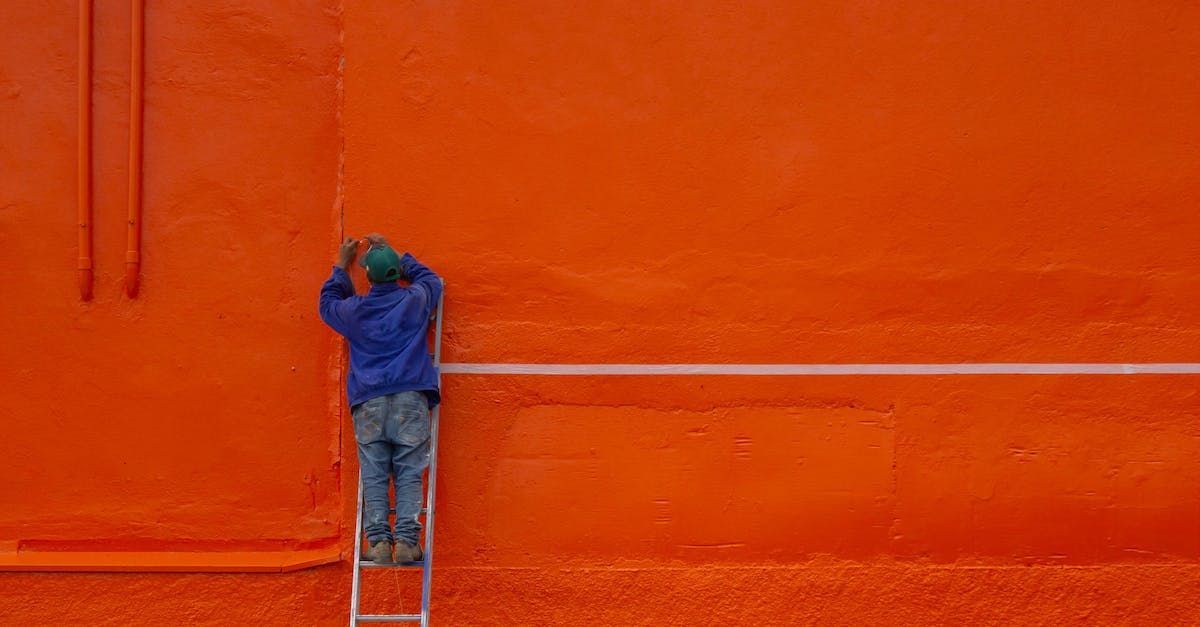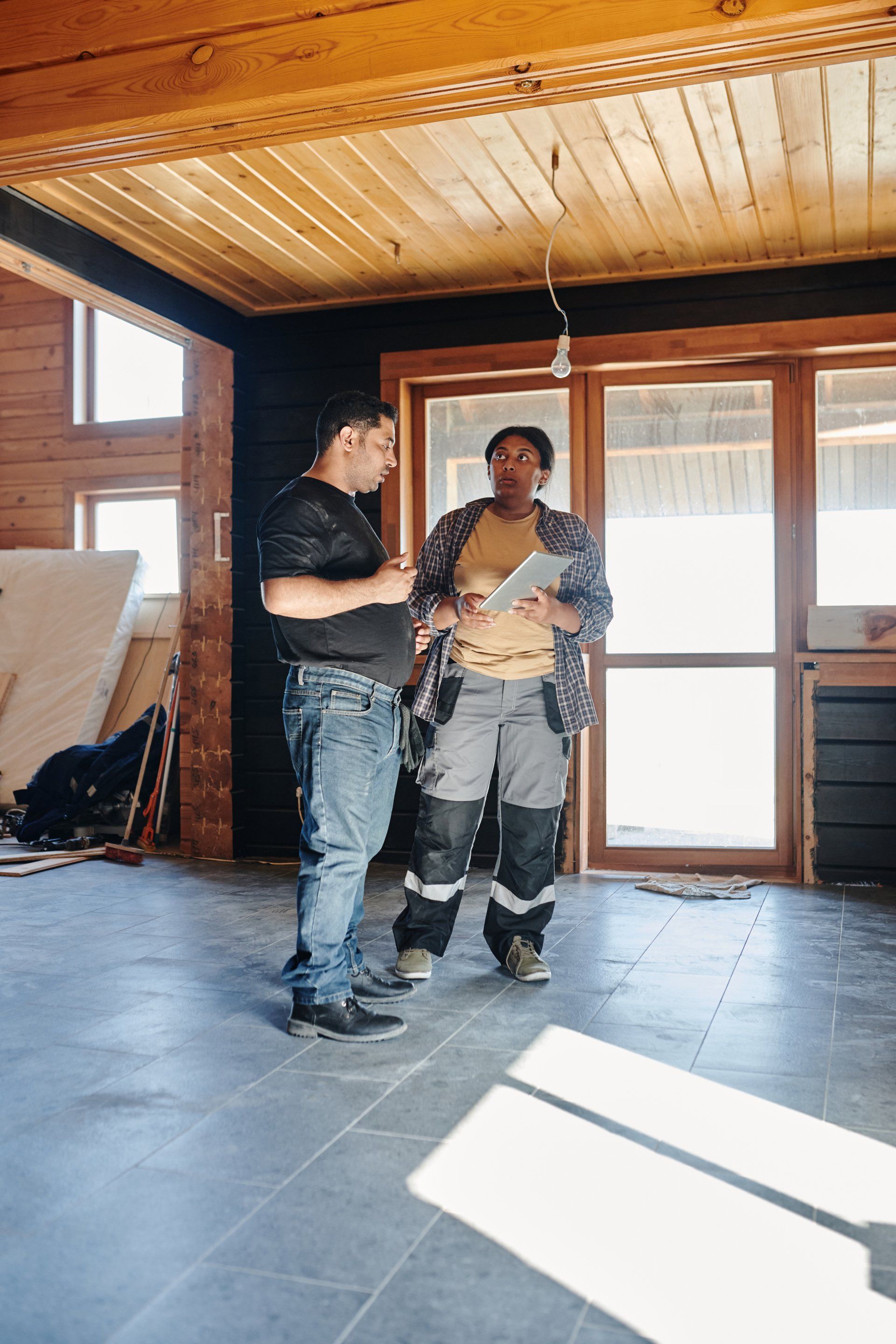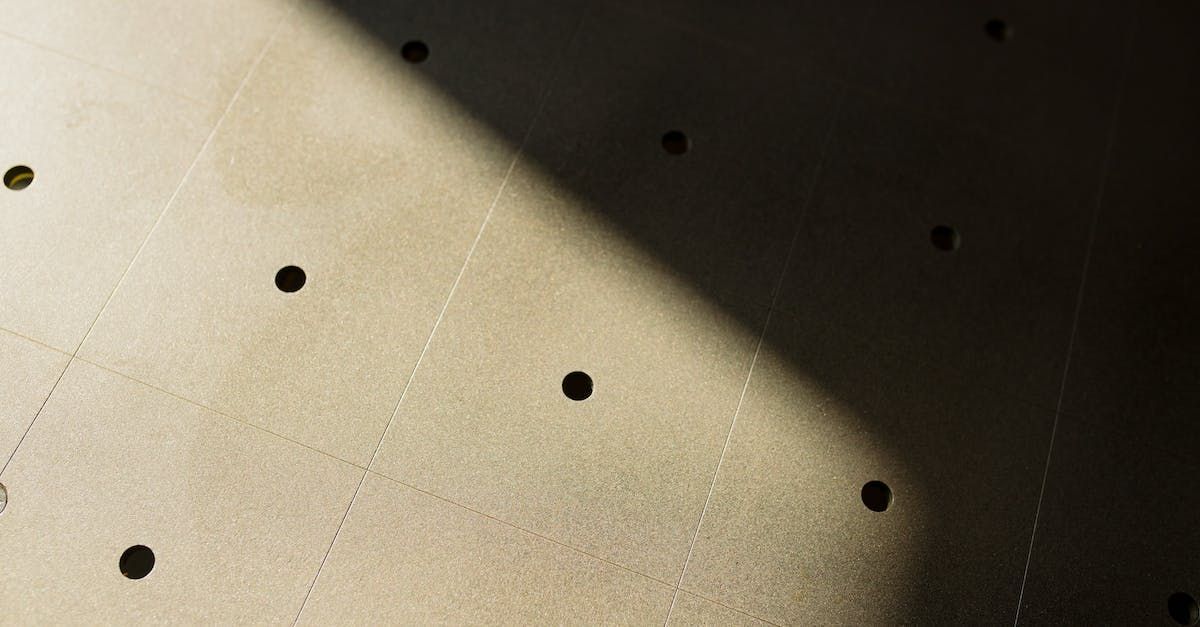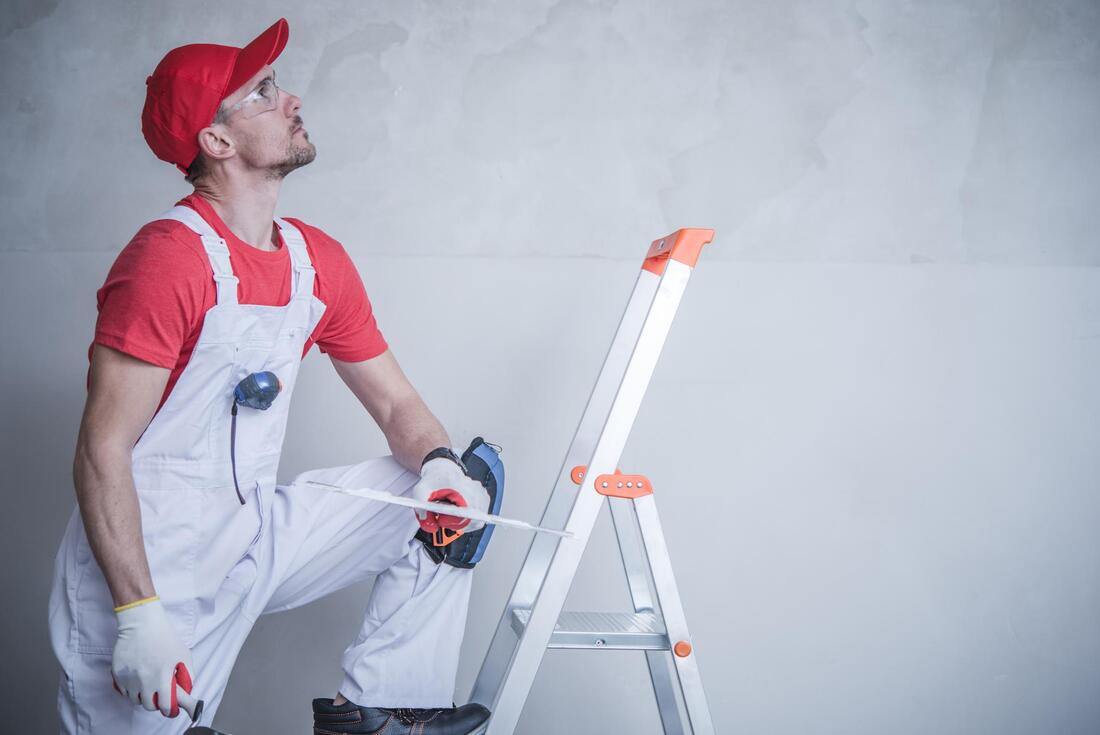Mastering Drywall Finishing: The Optimal Sanding Techniques
Achieving Flawless Walls: A Comprehensive Guide to Sanding Drywall
Achieving a smooth, flawless finish on drywall is crucial for a professional-looking paint job. Sanding drywall effectively removes imperfections, ensuring a surface that's ready for painting or wallpapering. This article delves into the professional approaches to sanding drywall, including the best practices for walls and ceilings and the easiest methods recommended by experts. Whether you're tackling a DIY project or considering hiring a professional, this article will equip you with the knowledge needed for impeccable results.

Understanding the Basics of Drywall Sanding
Sanding drywall involves smoothing the joint compound (mud) applied over seams, fasteners, and any patches. The goal is to create a surface that's indistinguishably flat and smooth. Before diving into techniques, it's essential to understand that patience and the right tools are key to achieving the best results without damaging the wall.
Best Practices for Sanding Drywall
Starting with the right tools is fundamental. For most projects, a hand sander equipped with fine-grit sandpaper (around 120-150 grit) is sufficient. Begin by gently sanding the compound in a circular motion, applying even pressure to avoid gouging the wall. For larger areas or a full-room project, consider using a pole sander to cover more surface area efficiently.
Technique Matters
Start with a Light Touch: Begin with gentle pressure to avoid removing too much compound.
Progress Evenly: Work systematically across the wall to ensure an even finish.
Dust Management: Drywall dust can be a nuisance. Use sanders connected to a dust extraction system or wear a dust mask and lay drop cloths to minimize cleanup.
Easiest Methods for Sanding Drywall
For those looking for simpler solutions without compromising on quality, using a drywall sanding sponge offers more flexibility and control, especially around corners and tight spaces. The sponge can be used wet or dry, with wet sanding helping to reduce dust.
Special Considerations for Sanding Drywall Ceilings
Sanding a drywall ceiling presents unique challenges, primarily due to its overhead position. Using a pole sander extends your reach and allows you to sand more comfortably without the need for ladders or scaffolding. Ensure the room is well-lit to easily spot imperfections and use a light touch to prevent unnecessary marks or damage.
The Role of Professional Help in Sanding Drywall
While the DIY approach can be rewarding and cost-effective, certain scenarios might call for professional expertise.
Professionals bring a deep understanding of materials and techniques that can be crucial for achieving the desired finish, especially in challenging projects or when high-quality finishes are essential.
Opting for
professional sanding services can save time, reduce the mess, and ensure a perfectly smooth finish.
They have access to industrial-grade equipment that can efficiently handle large areas or complex tasks, such as sanding textured ceilings, with minimal dust and effort. If you're seeking a flawless result or dealing with a large-scale project, consulting with a professional could be the most efficient and effective way forward.
Conclusion
Whether you choose to tackle drywall sanding on your own or decide to hire professionals, understanding the best practices and easiest methods is key to achieving a smooth, ready-to-paint surface. With the right approach and tools, you can ensure your walls and ceilings are perfectly prepped for the final touches of your renovation project.

